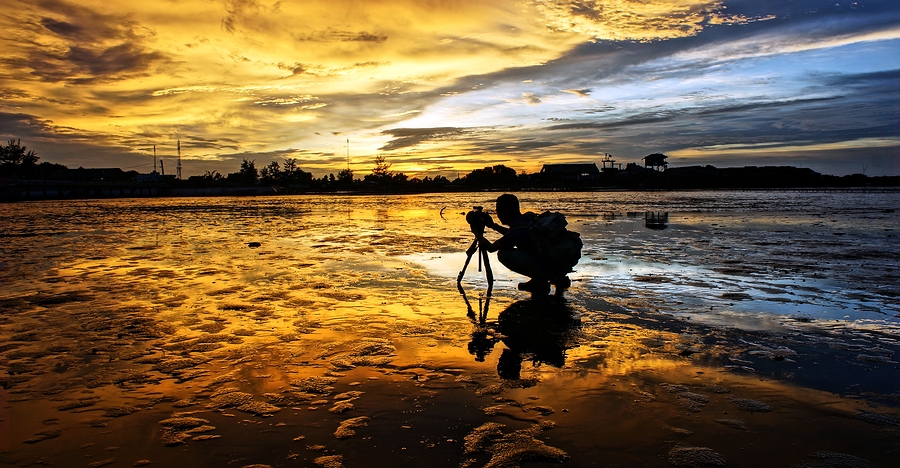Landscape photographer José Ramos has put together a very interesting article over at PetaPixel.
He is giving us great tips on how to create and improve fine art landscape images, and turn your mediocre photos into showstoppers.
If you have struggled trying to create unique photos with a strong, personal style, these tips will help you overcome the problems.
It will always be about the light
Special light creates special images, and this is absolutely true in landscape photography. Shooting gorgeous scenery under harsh light and clear skies will create a good photo, but probably not a remarkable one as it will lack contrast, depth, tonal range and “emotion.”
Creating “art” requires the presence of an “Artisan” who is also an “Artist”, meaning that he is both skilled in his craft and passionate about his subject. One of the most important raw materials a photographer should work with is light, so you should always spend as much time as needed to find the perfect light conditions to shoot a scene. Every now and then you might get lucky and find stunning light by chance, but this is a chase that invariably requires many hours of preparation and scouting.
Never forget to check the weather
Building on the previous tip, finding great light depends on being able to account for a large number of weather-related variables. Weather forecast websites like Weather Underground will be some of your best friends when you are choosing a location to shoot on a certain day—not only because they’ll help you avoid getting caught in a downpour, but also to look for places with partial of fully covered cloudy skies, which will usually create the most dramatic and captivating light.
Consult the Smartphone Oracle about the Sun’s position
Nowadays, we have very interesting smartphone apps with tools to predict sunrise and sunset locations, like Photo Pills or The Photographer’s Ephemeris, or desktop websites like Suncalc.net. These will be extremely useful because they tell you in advance where the sun will be located at a certain time.
For a more detailed virtual reality simulation of the sun movement during the day, you can also use the freeware program Stellarium on your desktop computer.
Patience and persistence will always pay off
People tend to think of landscape photography as a very Zen-like activity, but if you want to get the job done, be ready for a delicious adrenaline rush when you are trying to deal with temperamental gear, harsh environments, physical obstacles, and quickly changing light. The famous golden hour should unfortunately be called “the golden few minutes.”
You will need to return to the same place quite often, and frequently return home with no interesting images. You should be the first person arriving or the last one leaving your location, and meals will probably be skipped or scarfed down during odd hours. It’s not romantic or easy most of the time, but when all elements combine and you capture a great image, there’s nothing that comes close to that feeling of oneness and meaningful purpose!
Yes, you do really need to edit your images!
Everyone who spends a lot of time on the field, constantly looking to his LCD to review images, knows right from the start that as soon as the light enters the lens and hits the sensor, everything changes. One of the most reality-altering processes has already taken place: light transduction into a digital form. Then you come home with what we should call a digital negative (and yes, you need to use RAW to get the most out of your images), where contrast is low, shadows are dark, and some highlights might be blown out.
Read the full article with even more tips over at PetaPixel.
Source: PetaPixel

